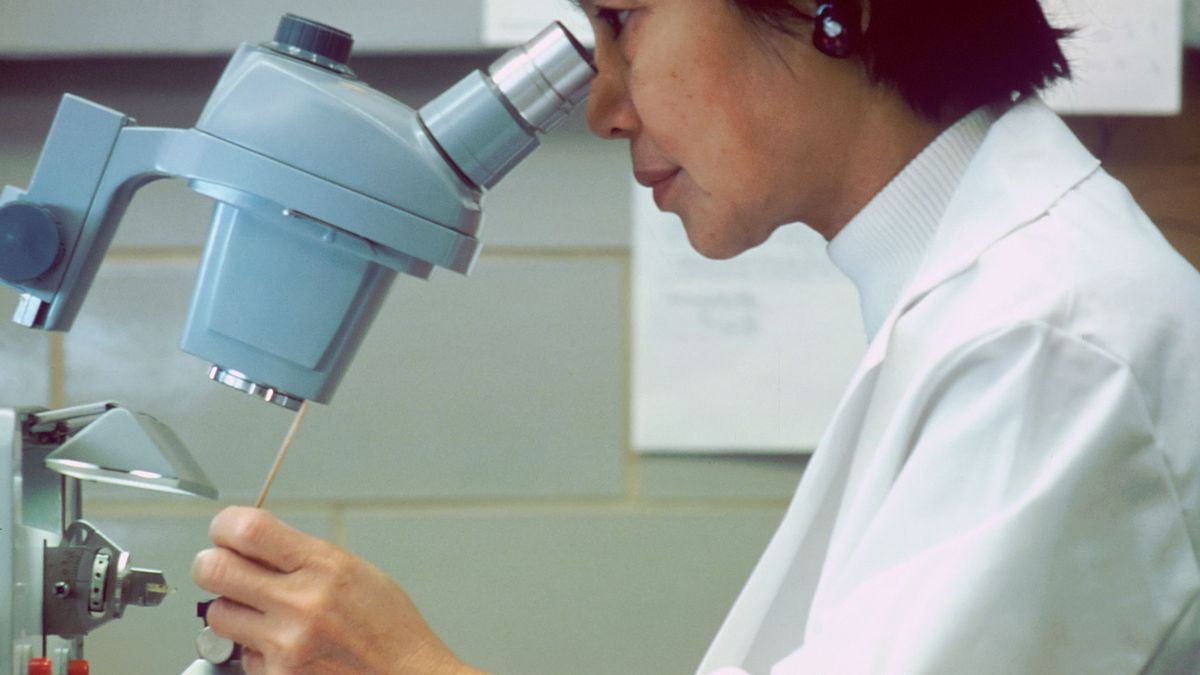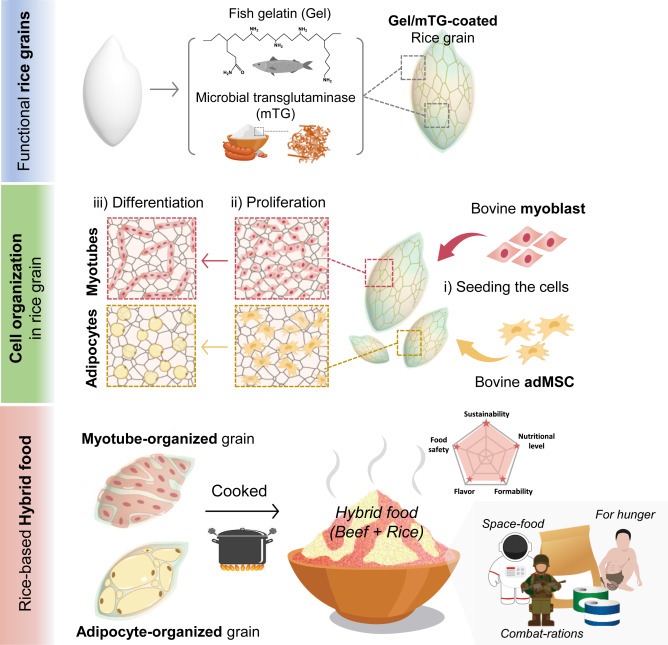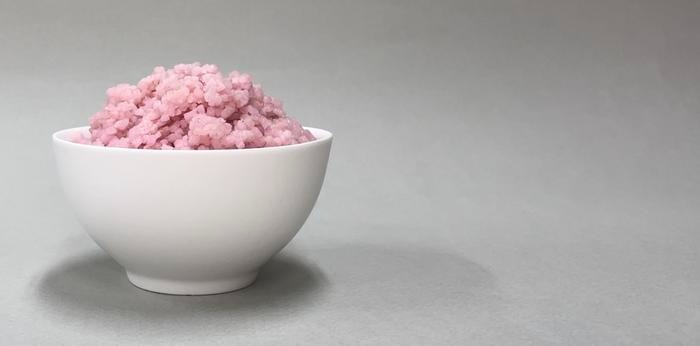
South Korean scientists have developed a new type of sustainable hybrid food, combining rice and beef cells, which they say could help solve food crises and mark progress on climate change.
This new rice was grown in the laboratory by researchers at Yonsei University in Seoul and contains beef muscle and fat cells.
The result has the appearance of pink rice, which the team believes could offer an alternative to meat that is both cheaper and more environmentally sustainable, while leaving a smaller carbon footprint.
“Imagine if we got all the nutrients we need from cell-grown protein rice“said Park So-hyeon, co-author of the study.
“Rice already has a high level of nutrients, but adding cells from livestock can increase it even more“, she said in a press release published Wednesday, when the study was published in the journal Matter.

The rice grains were coated in fish gelatin to help the beef cells cling to them, then cultured for 11 days.
According to the research team, compared to regular rice, the final product contained 8% more protein and 7% more fat, while being both firmer and more crumbly than natural grains.
The latest version developed in the laboratory leaves a significantly lower carbon footprint than meat because it does not require raising animals, which consumes “a lot of resources and water and releases a lot of greenhouse gases” said Mr. Park.
For every 100 grams of protein produced, hybrid rice is estimated to release less than 6.27 kg of carbon dioxide, eight times less than beef production, according to the press release.
If commercialized, this hybrid rice would be a much cheaper option for consumers in South Korea, with an estimated retail price of around $2.23 per kilo, compared to around $15 for beef.

The team plans to further improve this new rice before its commercialization, so that cells can grow better in the grains, increasing its nutritional value.
“I now see a whole world of possibilities for this hybrid food“Ms. Park said.”It could one day provide food aid in the event of famine, be integrated into a military ration or even feed astronauts.“.
